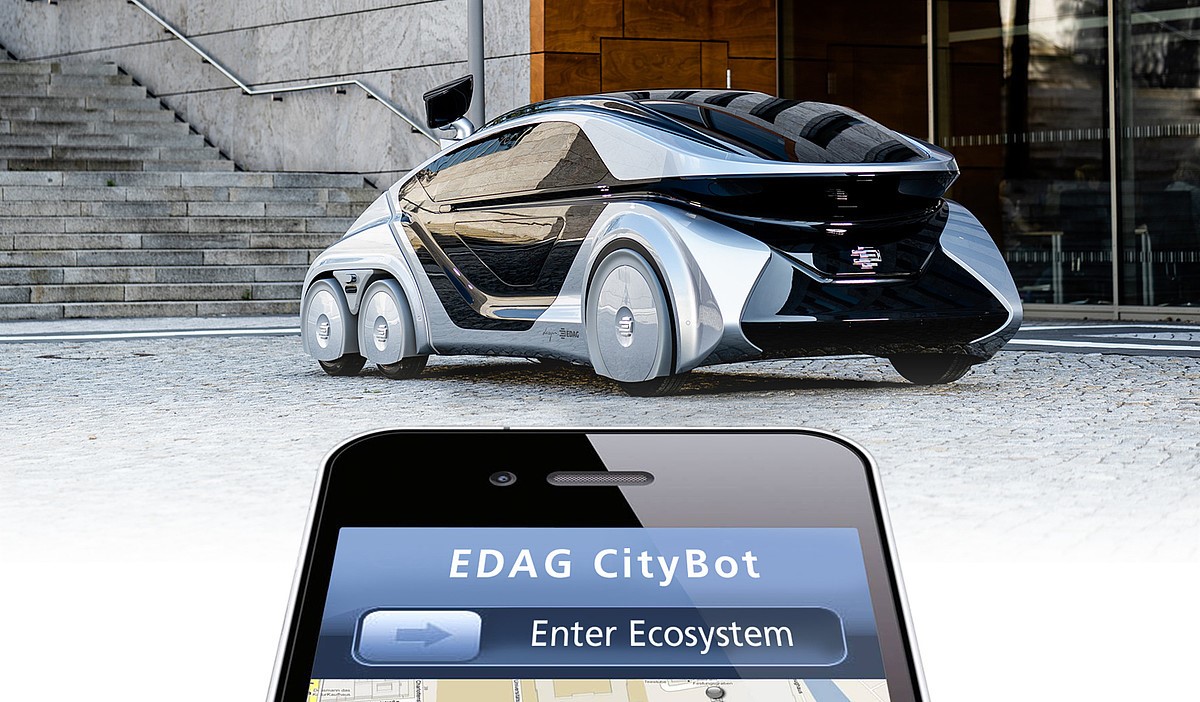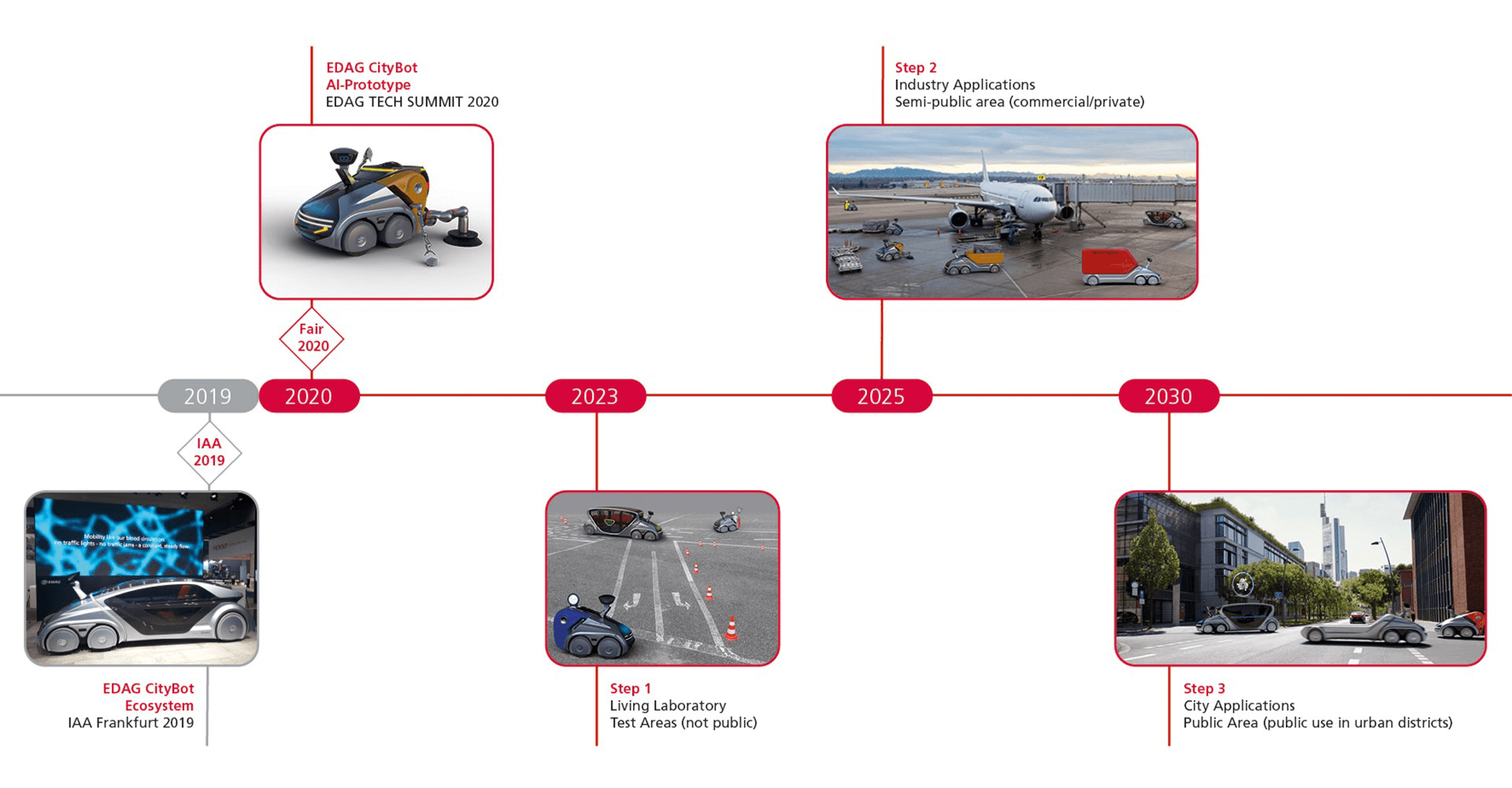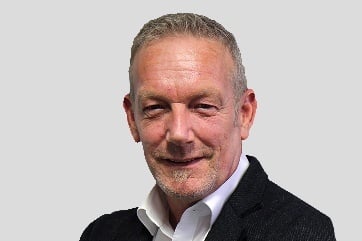According to the World Economic Forum, two thirds of all people will be living in cities in 2050. In megacities with 10 million inhabitants or more. Across the globe, there are already 36 megacities, including New York, Moscow and London. This rapid growth could result in the essential infrastructure being unable to keep up, threatening cities with collapse, as local public transport, electricity, water supplies and waste collection become overburdened. We can all call to mind images of completely overcrowded subways or interminable traffic jams, with endless streams of vehicles every day trying to make their way along smog-filled, congested roads. In Madrid, for example, 80% of the total city area is taken up by driving or parked cars. The impact on people and the environment is immense. To counter this, urban and transport planners are focusing on “Smart Cities” – cities that, with the help of digital technologies, are to become more environmentally friendly, offer greater sustainability, mobility and safety, are more economical and quite simply more life enhancing. The term Smart City therefore stands for all-round development concepts for the city of the future.
“Smart Mobility” will also be essential to this smart infrastructure, especially in urban areas. This will call for technologies that have long since left the realms of fantasy: fully autonomous cars networked with each other, with people, with buildings – in other words, with the entire city – which, thanks to the alternative powertrains they use, glide along as silently as sedan chairs, transporting people from A to B. But what will the mobility of the future really look like? Will we still be driving our own cars, or will we be making use of car sharing concepts, and sharing a car with others? What role will people play?
With the help of scenario technology, EDAG has been looking into the famous crystal ball for you, and, on the basis of future-oriented influence parameters, forecasting how changes in society, politics or sociology, for instance, but also in technology might change the future, and predicting what developments can be expected in the next 5/10/15 years. It goes without saying that, as experts in integrated vehicle development, our chief interest is in the mobility of tomorrow. For the CityBot, we combined our engineering competencies in the fields of vehicle engineering, electrics/electronics and production solutions.
We are on the threshold of a new age of mobility.

For us, our concept car, the EDAG CityBot, is the future of urban mobility. But it is far more than just a means of transport. This networked, fully autonomous robot vehicle with fuel cell drive is a complete mobility concept, i.e. a separate ecosystem, from which we also intend to develop new business models. With its numerous utility and rucksack modules, it can be individually configured and used around the clock for all kinds of tasks in the urban environment. All this will happen in a cordoned-off area where only EDAG CityBots, bicycles and pedestrians are allowed.
Even as we were developing our very futuristic-looking design study, we already knew that a major re-think would be required, and tried to find answers to all the problems facing cities today, and most particularly tomorrow. From the very beginning, we ruled out the possibility of human operators, in this way setting new standards and permitting fully autonomous travel.
From our collaboration with urban developers and planners, we know that concepts of exactly this type will be in demand in the future. Barcelona is one of our cooperation partners and a pioneer in the development of new mobility ideas and concepts. So it is quite conceivable that you might soon come across a CityBot with an integrated transport or work system there, cutting the grass, sweeping the road or even, in the form of a passenger cell, driving you to the next hotspot in this metropolis.
How is this all meant to work? Our concept is fully integrated and 24/7. In other words, the CityBot can be used to performs a wide range of services around the clock, making it efficient, profitable and therefore sustainable. Its various modules enable it to be used to cover all key aspects of city life: it receives information telling it where which bin needs to be emptied, autonomously drives there, and independently carries out the task. Due to the fact that it is networked with all the essential communication systems, it knows, for instance, when an event is over, so a swarm of CityBots can be available to take the visitors home. It takes over all municipal tasks and services that arise. The EDAG CityBot can, of course, also communicate by means of its avatar – its head: it can speak and hear, recognise gestures and facial expressions, and, sticking to our example of Barcelona, could even act as your city guide.
The EDAG CityBot could also pay fees and contributions into the social security and pension system. Whenever it provides a service, e.g. driving a bus or cutting the grass, it would pay a certain amount towards social security contributions. Speaking of payment: we have, of course, also given some thought to a booking or payment system. Here too, we are innovative, and use a platform technology for the Internet of Things and digital micro-payment solutions.
No matter what it is doing, our autonomous friend travels at a maximum speed of about 30 km/h. If you consider that the average speed driven in London, for instance, is just 11 km/h, this is a fairly brisk speed. At all times, it has a subordinate role, always taking second place to humans and their safety. On account of the sensors and cameras installed throughout the Smart City, it can anticipate obstacles and critical situations, and is therefore not a safety risk to pedestrians or cyclists. The use of artificial intelligence enables it to register a person's facial expressions and draw conclusions as to how that person will behave, and act accordingly, instead of simply reacting.
There are endless possible application scenarios for our fully autonomous, swarm-intelligent robot vehicles, and we just starting out on the development of our concept. At the same time, we can see fields of application not just in cities, but also in business and industry.
One of the next steps we will be undertaking is the substitution of apron vehicles at airports. At Frankfurt am Main Airport alone, there are some 20,000 vehicles on the taxiways to ensure seamless operation. Vehicles for transporting luggage and providing passenger catering services, tankers, buses, inspection vehicles, etc. – all of which could be replaced by the EDAG CityBot. This means that it also guarantees sustainable mobility in the commercial vehicle sector. It can also be used in industry, either as an autonomous transport vehicle or as a forklift truck for use on a company's premises.
For us, the future of mobility is within reach.
Thanks to its modularity, it can be used anywhere: for transporting people or goods, as a city cleaning vehicle or for private use. There is practically no limit to possible applications. And we are constantly optimising processes and timing, while at the same time increasing efficiency and reducing emissions. We have a very clear roadmap for the future of our EDAG CityBot, which for us also represents the future of mobility, and have already defined the next milestones in it. It is, however, also our intention to develop new business areas related to the Smart City and Smart Mobility.

In all scenarios, it will be the people who benefit from the mobility of tomorrow. In a city with 500,000 inhabitants, we would need 50,000 CityBots to meet all mobility, transport and work requirements. This is equivalent to just a fifth of the total number of vehicles on the road in a city today, and might be a means of giving the city back its soul and creating living space for its inhabitants that is clean, friendly, quiet and smart.
Are you, too, now interested in taking a drive through the city of tomorrow with us? Then we invite you to join us. At our EDAG TECH SUMMIT 2020 from October 10 to November 5, 2020, you will have the opportunity – either virtually or in person – to experience our ready-to-drive and ready-to-work “EDAG CityBot” AI prototype live in action in our laboratory. But if you don't want to wait until then, and already have lots of questions, Johannes Barckmann, our EDAG CityBot expert and Head of Global Fairs + Show Cars, Global Design Manager can answer them straight away.
By the way, if you are already giving serious thought to the fact that you would like to benefit from the EDAG CityBot mobility concept, we have put together the most important facts about our fully integrated concept in a white paper for downloading.







